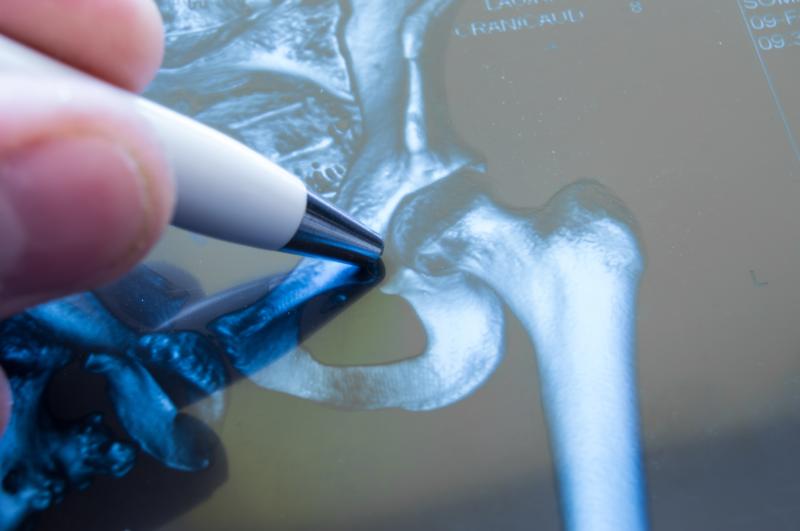AI boasts accurate fracture detection in ED radiographs





An artificial intelligence (AI) solution (RBfracture) has demonstrated high accuracy and similar sensitivity to human radiologists in diagnosing fractures on appendicular and pelvic radiographs in the emergency department (ED), reports a study in Singapore.
“There are significant potential measurable cost and manpower and time savings in implementing an AI fracture detection solution in an ED of a general hospital,” the researchers said.
In the study, researchers collected 150 anonymized abnormal radiographs and fed these through an AI fracture detection solution. Two radiologist reviewers re-read the radiographs, and their consensus was set as the reference standard.
Cases were then stratified based on the concordance between the RBfracture and the reviewers’ findings, while discordant cases were further analysed based on the nature of discrepancy and subdivided into overcall or undercall subgroups.
Finally, the researchers examined the accuracy, sensitivity, and inter-rater reliability of the AI solution by conducting a statistical analysis.
Of the 150 cases, 92 were included in the final radiograph set. The AI solution displayed concordance in 85.9 percent of its analysis (n=79), indicating its accuracy. [Singapore Med J 2025;66:202-207]
For the discordant cases, the overcall subgroup had 12 differing examinations, in which the AI solution correctly identified the fracture but mistakenly tagged a nonexistent fracture. In addition, the undercall subgroup included one case of lipohaemarthrosis that was labelled as normal by RBfracture.
The AC1 coefficient between the AI solution and the radiologist was 0.837 (95 percent confidence interval, 0.743–0.932), representing a nearly perfect agreement. Overall, the AI solution demonstrated a sensitivity of 98.9 percent and an accuracy of 85.9 percent. [Biometrics 1977;33:165]
“The AI solution that was utilized in this study was selected due to its availability to our team at the time of the study,” the researchers said. “We believe that multi-limb/pelvis fracture detection AI solutions from other vendors will produce similar or matching outcomes to those of our study.”
Technical issues
The study was limited by some of the exclusions within the tested population, such as the presence of prosthesis or paediatric radiographs.
“As with any new software tested, technical issues may also arise due to limitations of software and data processing,” the researchers said. “In this study, we had nine cases with technical issues.”
Consultations with the AI company, Radiobotics, and the technical team from CARPL.ai deemed that these nine cases failed to process because of DICOM-related fields that exceeded or were below the limits set by the AI algorithm tested.
“These findings, along with other DICOM-related input leading to AI processing errors, will be described in a subsequent descriptive paper,” according to the researchers.
After hours
Radiology plays a significant role in detecting fracture in the ED. However, fewer radiologists report after hours, so the responsibility of interpreting most radiographs falls on the ED physicians.
“A minority of these interpretations may miss diagnoses, which later require the callback of patients for further management,” the researchers said. “AI has been viewed as a potential solution to augment the shortage of radiologists after hours.”